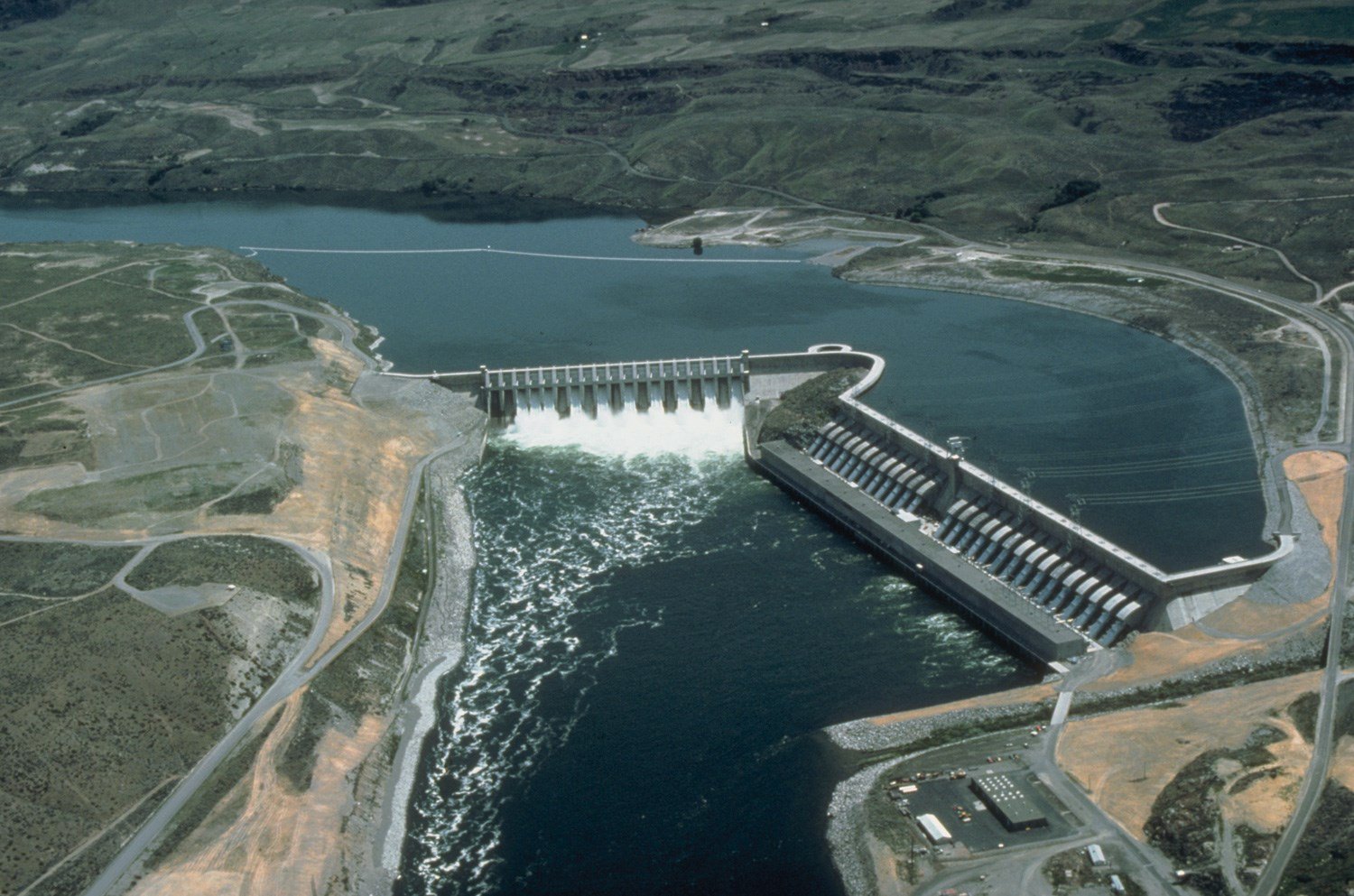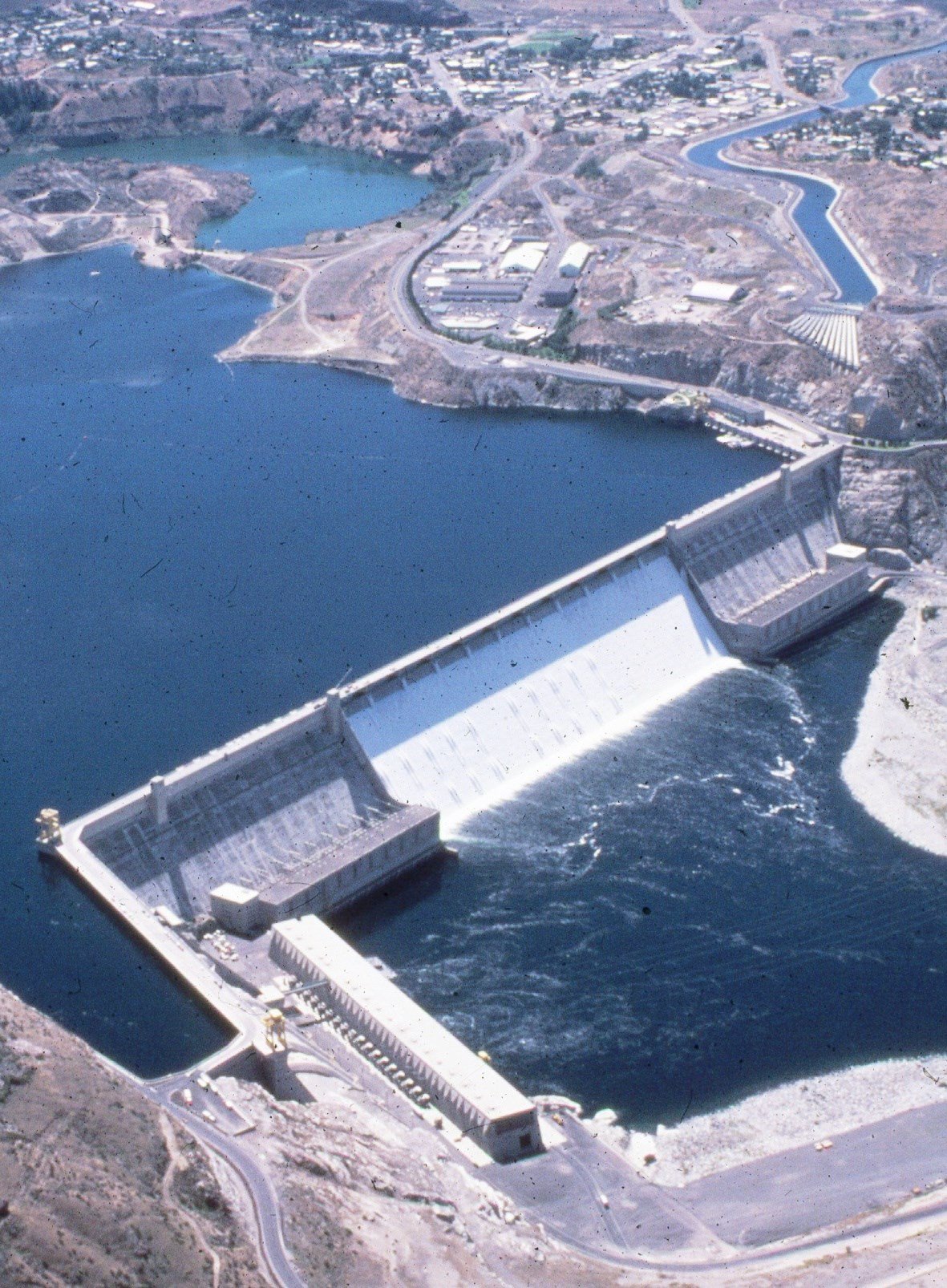
More than 70 years ago, Grand Coulee Dam blocked salmon and steelhead from reaching habitat in the upper Columbia River where they once spawned. Chief Joseph Dam, 55 miles downriver from Grand Coulee, also was built without fish-passage facilities. This loss of fish productivity has been one of the key drivers of mitigation activities undertaken by the Council since it was established in 1981.
In revising the Columbia River Basin Fish and Wildlife Program in 2014, more than a dozen fish and wildlife agencies and Indian tribes recommended to the Council that the region intensify its efforts to explore the possibilities of reintroducing salmon and steelhead above Chief Joseph and Grand Coulee dams.
How would this be accomplished?

Specific to Chief Joseph and Grand Coulee, the program calls for a three-phase, science-based, approach to investigating reintroduction including passage for juvenile and adult fish at the dams. The first phase would be a detailed, collaborative evaluation of the science and potential challenges of reintroduction. The second and third phases would proceed only with Council approval after reviewing the results of the first phase, in consultation with fish and wildlife agencies, tribes, and others including federal agencies with legal hydropower and fish-mitigation obligations.
Reintroduction above Chief Joseph and Grand Coulee, if it proves feasible, offers a unique opportunity to return salmon and steelhead to an important part of their historic range. The Council has not endorsed reintroduction, only the study of its feasibility. We are mindful that these two dams provide a significant portion of the region’s carbon-free electricity, flood control, and water management for endangered salmon and steelhead species downstream. Reintroduction, if it proves feasible, cannot alter these fundamental operations.


